
I've always been fascinated by the incredible power and versatility of diodes. From the humble LED that lights up our everyday lives to the intricacies of tunnel diodes, these tiny devices hold immense potential.
In this article, I'll take you on a journey through the world of diodes, uncovering their inner workings and exploring their applications. Get ready to delve into the fascinating realm of diodes as we unravel their secrets and discover how they shape our modern world.
Key Takeaways
- LEDs are energy-efficient and have a long lifespan, making them a favorable choice for lighting technology.
- Zener diodes regulate voltage in electronic circuits and are essential in power supplies, battery chargers, and voltage references.
- Photodiodes generate current proportional to incident light intensity and find applications in optical communication, industrial sensing, and medical imaging.
- Tunnel diodes exhibit negative resistance, fast switching speeds, and high-frequency operation, making them crucial in high-speed digital circuits, communication systems, and frequency conversion.
The Basics of LEDs
LEDs are widely used in various applications due to their energy efficiency and long lifespan. These small, solid-state devices emit light when an electric current passes through them. The acronym LED stands for Light Emitting Diode, indicating that it's a type of diode specifically designed to produce light.
The operation of LEDs relies on a process called electroluminescence, where the movement of electrons in a semiconductor material generates photons. This allows LEDs to convert electrical energy into visible light more efficiently than traditional incandescent or fluorescent bulbs.
Understanding how LEDs work is crucial for anyone interested in electronics or lighting technology. It enables us to appreciate their advantages and make informed decisions regarding their use.
Now that we've grasped the basics of LEDs, let's delve into another fascinating diode known as the zener diode.
Understanding Zener Diodes
Zener diodes are commonly used to regulate voltage in electronic circuits. These diodes are specifically designed to operate in the reverse breakdown region, where they exhibit a characteristic called the Zener effect. This effect allows them to maintain a nearly constant voltage across their terminals, even when the applied voltage varies.
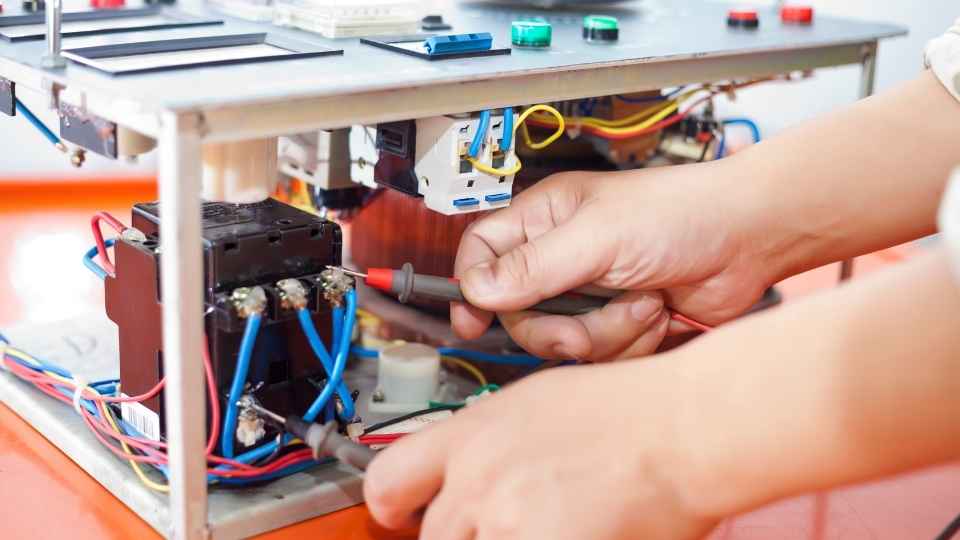
By connecting a Zener diode in parallel with a load, we can create a simple voltage regulator circuit that ensures a stable output voltage. The freedom and flexibility provided by Zener diodes make them an essential component in various applications, such as power supplies, battery chargers, and voltage references.
Now that we understand the role of Zener diodes in regulating voltages, let's explore another type of diode called photodiodes, which have unique properties related to light detection and measurement.
Exploring Photodiodes
I have always been fascinated by the intricate workings of photodiodes. These semiconductor devices, when exposed to light, generate a flow of current proportional to the incident light intensity.
With their high sensitivity and fast response times, photodiodes find applications in various fields such as optical communication, industrial sensing, and medical imaging.
Sensitivity of Photodiodes
To enhance the sensitivity of photodiodes, you can optimize their design by reducing the area of the junction. This simple modification allows for an increased efficiency in converting light into electrical signals.
Here are three key points to consider when looking to maximize the sensitivity of photodiodes:
Utilize materials with a high absorption coefficient: By selecting materials that have a high absorption coefficient for the desired wavelength range, you can ensure more efficient light capture and conversion.
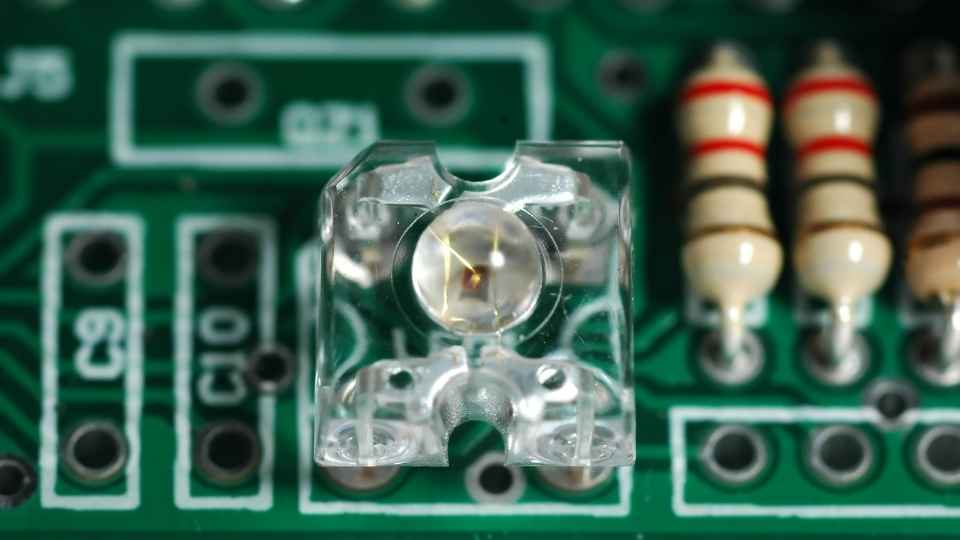
Minimize noise sources: Implementing measures such as shielding, minimizing stray capacitance, and reducing thermal noise can significantly improve signal-to-noise ratio.
Optimize bias voltage: Adjusting the bias voltage applied across the photodiode can help achieve optimal operation conditions and enhance sensitivity.
Applications of Photodiodes
When using photodiodes, you can explore various applications such as light sensing, optical communication, and solar energy conversion. Photodiodes are semiconductor devices that convert light into electrical current.
In light sensing applications, they're used to detect the presence of light or measure its intensity. This makes them suitable for use in automatic lighting systems and photography equipment.
In optical communication, photodiodes play a crucial role in converting optical signals into electrical signals for transmission over long distances through fiber optic cables.
Additionally, photodiodes can be utilized in solar energy conversion systems to capture sunlight and generate electricity efficiently.
These versatile devices offer a wide range of possibilities when it comes to harnessing the power of light.

Now let's delve into the unique properties of tunnel diodes...
The Unique Properties of Tunnel Diodes
As an electrical engineer, I find the unique properties of tunnel diodes fascinating. These diodes are known for their ability to exhibit negative resistance, allowing them to amplify weak signals effectively.
Additionally, tunnel diodes have a fast switching speed and can operate at high frequencies, making them ideal for applications such as oscillators and microwave circuits.
Tunnel Diode Applications
One of the most common applications of tunnel diodes is in high-frequency oscillators. These devices are used to generate and control high-frequency signals, making them essential components in various communication systems.
Here are some key applications of tunnel diodes:
- Microwave amplification: Tunnel diodes are capable of amplifying microwave signals due to their ability to operate at very high frequencies.
- Radar systems: Tunnel diodes play a crucial role in radar systems by generating and detecting high-frequency pulses.
- Frequency conversion: The nonlinear characteristics of tunnel diodes make them suitable for frequency conversion applications, such as mixing or modulation.
These applications highlight the versatility and importance of tunnel diodes in modern technology.
Now let's delve into the characteristics that make these devices unique and valuable.
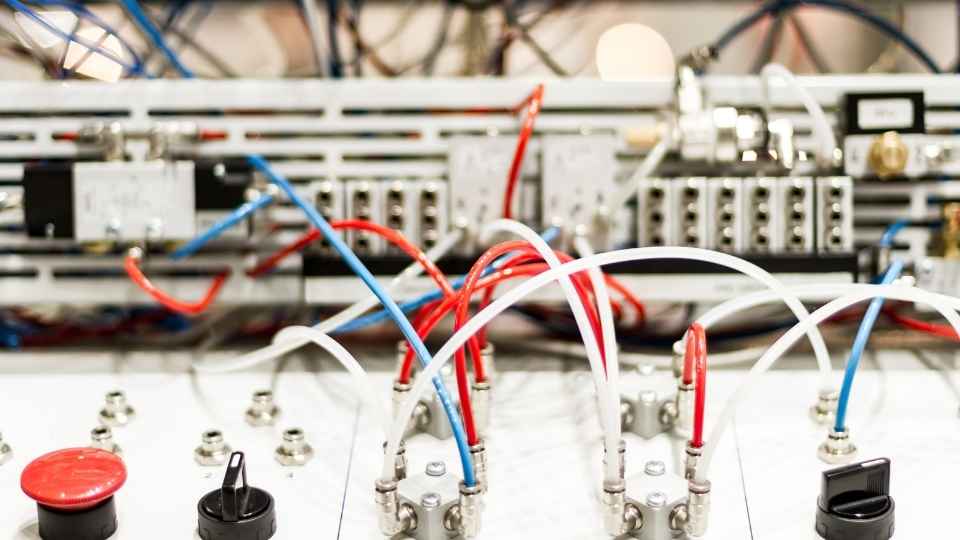
Tunnel Diode Characteristics
Now, let's delve into the fascinating world of tunnel diode characteristics. As an electrical engineer, I've been captivated by the unique properties of these diodes.
Unlike conventional diodes, tunnel diodes exhibit a phenomenon known as negative resistance. This means that as the voltage across the diode increases, the current flowing through it decreases. It may seem counterintuitive, but this characteristic enables tunnel diodes to oscillate at high frequencies and act as efficient amplifiers in electronic circuits.
Another remarkable feature of tunnel diodes is their ability to operate at extremely low voltages and temperatures. With their low forward voltage drop and high temperature stability, they're ideal for applications requiring precise control and operation in harsh environments.
Moreover, tunnel diodes possess fast switching speeds, making them suitable for high-speed digital circuits and telecommunications systems where rapid signal processing is critical.
Applications and Uses of Tunnel Diodes
You'll be surprised by the wide range of applications and uses for tunnel diodes in electronic devices. These tiny, high-speed diodes have unique characteristics that make them ideal for specific applications.
Here are some notable uses:
Signal detection and mixing:
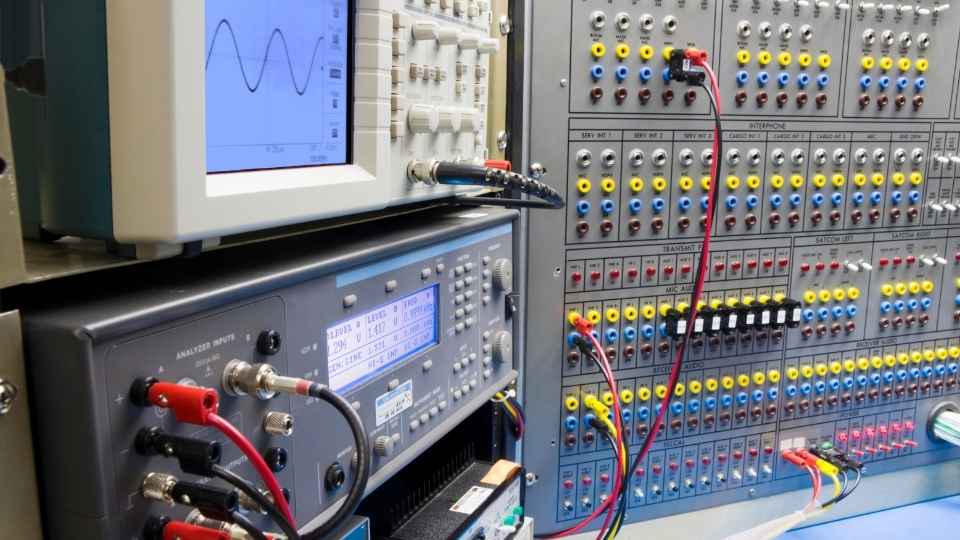
Tunnel diodes are used in radio frequency (RF) detectors to convert RF signals into direct current (DC) signals.
They can also be used in frequency mixers to combine two different frequencies.
Oscillation and amplification:
Tunnel diodes can generate high-frequency oscillations, making them suitable for microwave oscillators.
They can amplify weak signals in low-noise amplifiers.
Logic circuits:
Due to their non-linear voltage-current relationship, tunnel diodes can be used in high-speed digital logic circuits.
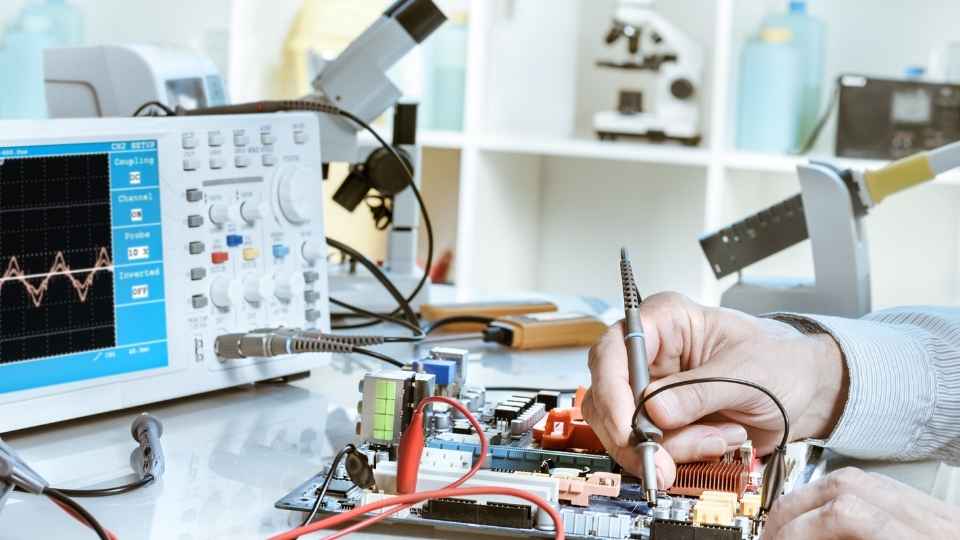
These are just a few examples of how tunnel diodes find their place in various electronic devices. Their unique properties enable efficient and precise operation, making them an indispensable component in many freedom-loving technology advancements.
Comparing Tunnel Diodes to Other Types of Diodes
When comparing tunnel diodes to other types, it's important to consider their unique characteristics and applications.
Tunnel diodes are distinct due to their ability to exhibit negative resistance, which allows for high-frequency oscillation and switching applications. Unlike conventional diodes, tunnel diodes can operate in reverse bias without suffering from breakdown. This makes them ideal for high-speed digital circuits and microwave applications.
Additionally, tunnel diodes have a fast response time and low forward voltage drop, making them efficient for low-power circuit designs. Their small size also enables integration into compact electronic devices.
In terms of freedom, the versatility of tunnel diodes allows engineers the freedom to design advanced electronic systems with improved performance and efficiency across various industries such as telecommunications, automotive electronics, and aerospace technology.
Frequently Asked Questions
How Are Leds Different From Other Types of Diodes?
LEDs are different from other diodes because they emit light when a current passes through them. This phenomenon, known as electroluminescence, allows LEDs to be used in a wide range of applications such as lighting and displays.
Can Tunnel Diodes Be Used for Power Applications?
Yes, tunnel diodes can be used for power applications. They have a unique feature called negative resistance that allows them to amplify signals and switch rapidly, making them suitable for high-frequency and low-voltage applications.

Are Tunnel Diodes Commonly Used in Everyday Electronic Devices?
Tunnel diodes are not commonly used in everyday electronic devices due to their specific characteristics and limitations. They have niche applications, such as in high-frequency oscillators and low-noise amplifiers.
What Are the Advantages of Using Tunnel Diodes Over Other Diode Types?
The advantages of tunnel diodes over other diode types include high-speed operation, low power consumption, and the ability to work at very high frequencies. These characteristics make them valuable in various electronic applications.
How Does the Structure of a Tunnel Diode Allow for Its Unique Properties?
The structure of a tunnel diode allows for its unique properties due to the presence of a thin, heavily doped p-n junction. This results in the phenomenon of quantum mechanical tunneling, enabling high-speed operation and negative resistance characteristics.
 Basic Electronics ConceptsEssential ToolsCircuit Design BasicsMicrocontrollersDIY Electronics ProjectsRoboticsPrivacy PolicyTerms And Conditions
Basic Electronics ConceptsEssential ToolsCircuit Design BasicsMicrocontrollersDIY Electronics ProjectsRoboticsPrivacy PolicyTerms And Conditions
